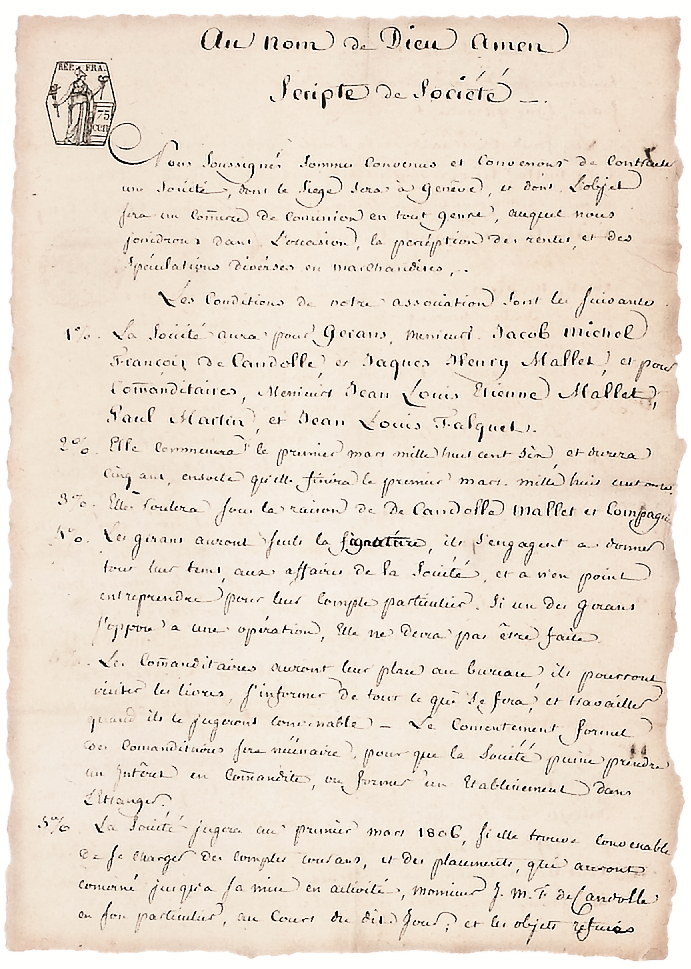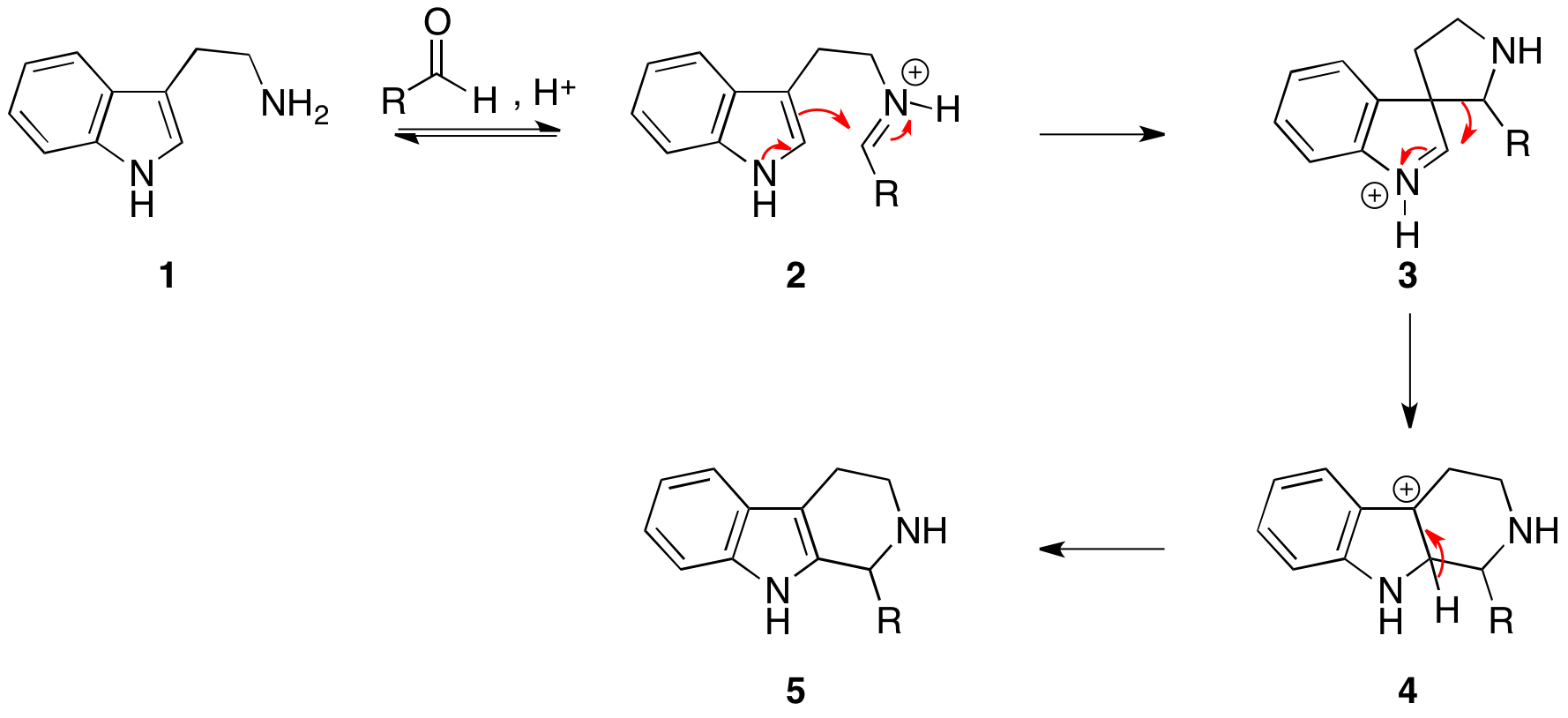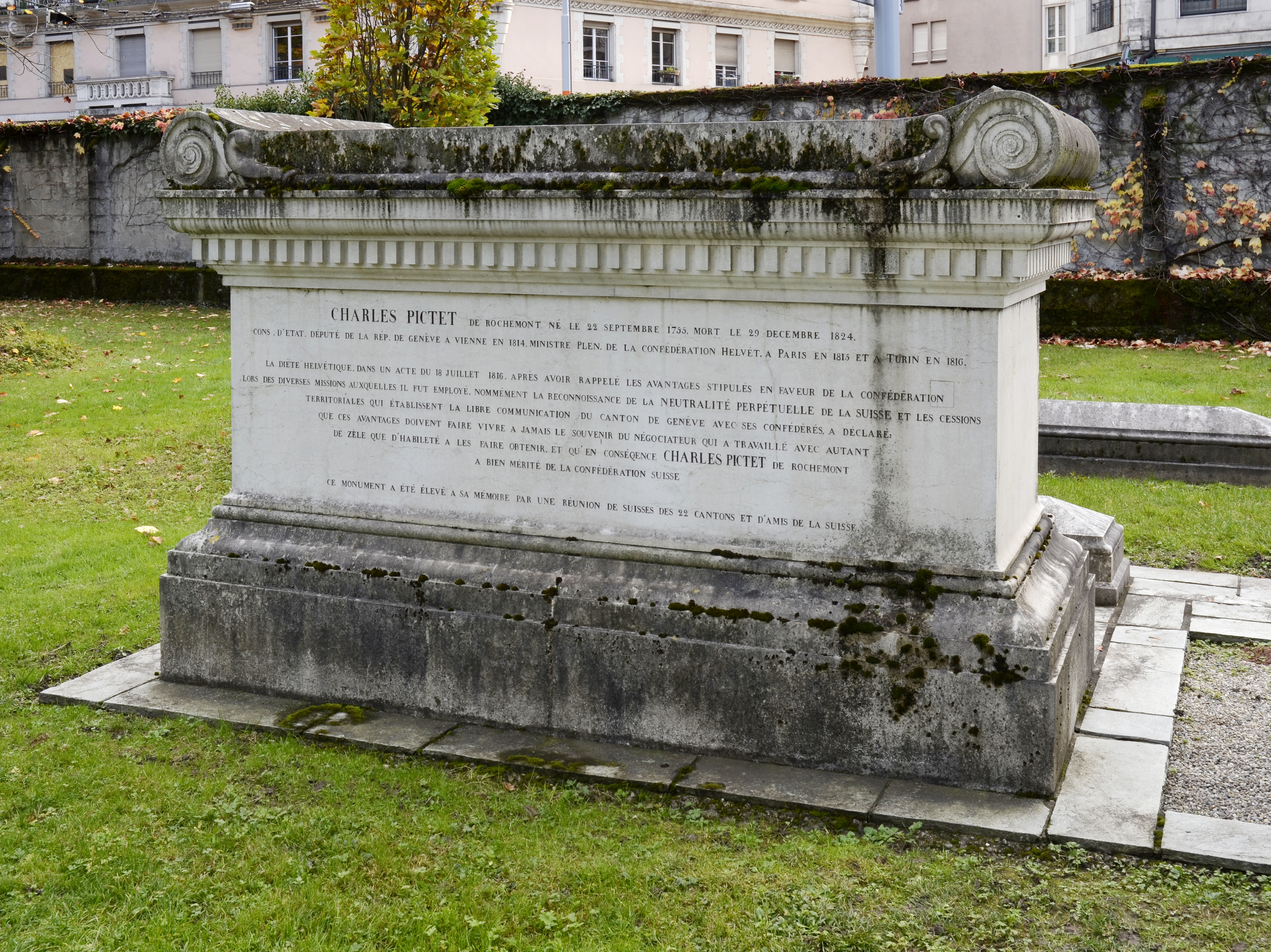|
Pictet
Pictet may refer to: Surname * Adolphe Pictet (1799–1875), Swiss linguist * Amé Pictet (1857–1937), Swiss chemist * Benedict Pictet (1655–1724), Genevan theologian * Charles Pictet de Rochemont (1755–1824), Swiss politician * Francis Pictet (born 1866), Australian cricketer * François Jules Pictet de la Rive (1809–1872), Swiss zoologist and palaeontologist * Jean Pictet (1914–2002), Swiss citizen, jurist, legal practitioner, honorary doctorate * Marc-Auguste Pictet (1752–1825), Swiss physicist * Marion MacMillan Pictet, American heiress * Raoul Pictet (1846–1929), Swiss physicist, one of the first two people to liquefy oxygen Other uses * Pictet (crater), crater on the Moon, named after Marc-Auguste Pictet * Pictet-Gams isoquinoline synthesis, variation on the Bischler–Napieralski reaction producing Isoquinoline * Pictet-Hubert reaction, producing Phenanthridine from the 2-aminobiphenyl – formaldehyde adduct and zinc chloride * Pictet–Spengler reaction, ch ... [...More Info...] [...Related Items...] OR: [Wikipedia] [Google] [Baidu] |
Prix Pictet
The Prix Pictet (Pictet prize) is an international award in photography. It was founded in 2008 by the Geneva-based Pictet Group with the mandate to use the power of photography to communicate messages about sustainability to a global audience. Its goal is to uncover photography of the highest order, applied to current social and environmental challenges. The prize is judged by an independent jury and carries a prize of CHF 100,000. Process Entry to the Prix Pictet is by nomination.John Vidal,The strength of the Prix Pictet is in danger of becoming watered down, ''The Guardian'', 24 October 2012. Accessed 1 June 2014. As of May 2019, there were over 300 Prix Pictet nominators, a group of industry experts from around the world consisting of photographers, gallerists, agency heads, academics, authors, publishers, curators, photography foundation and others. Each nominated photographer is asked to submit a series of up to ten images, coherently defined and focused on the theme of the ... [...More Info...] [...Related Items...] OR: [Wikipedia] [Google] [Baidu] |
The Pictet Group
The Pictet Group, known as Pictet, is a Swiss multinational private bank and financial services company founded in Switzerland. Headquartered in Geneva, it is one of the largest Swiss banks and primarily offers services in wealth management, asset management, and asset servicing, to private clients and institutions. The Pictet Group employs around 5,000 people, including 900 investment managers. It has a network of 30 offices in financial services centres, including registered banks in Geneva, Luxembourg, Nassau, Hong Kong and Singapore. Pictet does not engage in investment banking, nor does it extend commercial loans. According to its 2021 Annual Review, Pictet had CHF 698 Bn of assets under management or custody, with its total capital ratio significantly exceeding the levels demanded by Swiss regulators. Banque Pictet & Cie SA is rated Prime-1/Aa2 by Moody's, and F1+/AA- by Fitch. History Pictet traces its origin to the foundation of ''Banque De Candolle Mallet & Cie' ... [...More Info...] [...Related Items...] OR: [Wikipedia] [Google] [Baidu] |
Pictet–Spengler Reaction
The Pictet–Spengler reaction is a chemical reaction in which a β-arylethylamine undergoes condensation with an aldehyde or ketone followed by ring closure. The reaction was first discovered in 1911 by Amé Pictet and Theodor Spengler (February 22, 1886 - August 18, 1965). Traditionally an acidic catalyst in protic solvent was employed with heating, however the reaction has been shown to work in aprotic media in superior yields and sometimes without acid catalysis. The Pictet–Spengler reaction can be considered a special case of the Mannich reaction, which follows a similar reaction pathway. The driving force for this reaction is the electrophilicity of the iminium ion generated from the condensation of the aldehyde and amine under acid conditions. This explains the need for an acid catalyst in most cases, as the imine is not electrophilic enough for ring closure but the iminium ion is capable of undergoing the reaction. The Pictet-Spengler reaction is widespread in both ... [...More Info...] [...Related Items...] OR: [Wikipedia] [Google] [Baidu] |
Marc-Auguste Pictet
Marc-Auguste Pictet (; 23 July 1752 – 19 April 1825) was a Swiss scientific journalist and experimental natural philosopher. Pictet's main contribution to learning was his editing of the scientific section of the ''Bibliothèque Britannique'' (1796-1815), a publication devoted to the diffusion on the Continent of knowledge and arts produced in Great Britain. His own scientific research focused on the fields of physical science, especially calorimetry, but also astronomy, geology, meteorology and technology, especially chronometry and the manufacture of fine earthenware. Life He was born in Geneva, Republic of Geneva on 23 July 1752, the son of Charles Pictet, a military officer serving in the mercenary troops of the Netherlands, and his wife, Marie Dunant. Marc-Auguste studied natural philosophy and law at the Academy of Geneva and qualified as a lawyer in 1774. After one year in England (1775–76), he became assistant to Jacques-André Mallet at the Geneva Observat ... [...More Info...] [...Related Items...] OR: [Wikipedia] [Google] [Baidu] |
Charles Pictet De Rochemont
Charles Pictet de Rochemont (21 September 1755 – 28 December 1824) was a statesman and diplomat who prepared the declaration of Switzerland's permanent neutrality ratified by the great powers in 1815. Early life Charles Pictet was born on 21 September 1755 at Cartigny near Geneva into an aristocratic but tolerant family. He is the son of a colonel, Charles Pictet (1713–1792) and of Marie, born Dunant. From a young age, he wanted to dedicate himself to a military career. At the age of 20 he went to France and for twelve years pursued a career in the French Army. After his marriage in 1786 to Adélaïde Sara de Rochemont he modified his name to the more aristocratic "Pictet de Rochemont". Two years later he entered the governing council of Geneva and was made responsible for reorganizing the urban militia. In 1792 the former city councils of Geneva were suspended and a provisional government took over, declaring all citizens equal. In 1794 Pictet was placed under house arres ... [...More Info...] [...Related Items...] OR: [Wikipedia] [Google] [Baidu] |
Jean Pictet
Jean Simon Pictet (2 September 1914, Geneva – 30 March 2002, Meyrin) was a Swiss citizen, jurist, legal practitioner working in international humanitarian law. First as a secretary-jurist, and then as a senior executive and Vice-President of the International Committee of the Red Cross (ICRC), Pictet was instrumental in drafting the 1949 Geneva Conventions for the protection of victims of war, their Commentaries, and negotiating the 1977 Additional Protocols ( Protocol I and Protocol II). He also proposed the Red Cross Movement’s seven Fundamental Principles, which were adopted at Vienna in 1965: Humanity, Impartiality, Neutrality, Independence, Voluntary Service, Unity and Universality. In 1989, an international humanitarian law competition for students was founded and named after him. Life After secondary education in Paris, Pictet completed his study of law at the University of Geneva, earning a doctorate in 1935 and then practiced law in Vienna and Geneva. In 1937, he ... [...More Info...] [...Related Items...] OR: [Wikipedia] [Google] [Baidu] |
François Jules Pictet De La Rive
François Jules Pictet-De la Rive (27 September 180915 March 1872) was a Swiss zoologist and palaeontologist. Biography He was born in Geneva. He graduated B. Sc. at Geneva in 1829, and pursued his studies for a short time at Paris, where under the influence of Georges Cuvier, de Blainville and others, he worked at natural history and comparative anatomy. On his return to Geneva in 1830 he assisted A. P. de Candolle by giving demonstrations in comparative anatomy. Five years later, when de Candolle retired, Pictet was appointed professor of zoology and comparative anatomy. Endnotes: *Obituary by W. S. Dallas, ''Quart. Journ. Geol. Soc.'' (1873), vol. xxix. In 1846 his duties were restricted to certain branches of zoology, including geology and palaeontology, and these he continued to teach until 1859, when he retired to devote his energies to the museum of natural history and to special palaeontological work. He was rector of the Academy from 1847 to 1850, and again from ... [...More Info...] [...Related Items...] OR: [Wikipedia] [Google] [Baidu] |
Adolphe Pictet
Adolphe Pictet (11 September 1799 – 20 December 1875) was a Swiss linguist, philologist and ethnologist. Pictet, the cousin of the biologist Francois Jules Pictet, is well known for his research in the field of comparative linguistics. He played a crucial formative role in the development of Ferdinand de Saussure; "it was Pictet who introduced the thirteen-year-old Saussure to the theoretical foundations of Indo-European linguistics." But he was also "a dedicated champion of German Romanticism and idealist philosophy":Like French, English, and Russian Romantics since the beginning of the century, he made a journey to Germany, where he became acquainted with A. W. Schlegel (with whom he maintained an important correspondence over the course of many years), Goethe, Hegel, Schleiermacher, and Schelling. ... In the spirit of earlier wars between “romantics” and “classics” (a little outmoded by the 1850s), Pictet envisioned Romanticism, with its embrace of pluralism and ... [...More Info...] [...Related Items...] OR: [Wikipedia] [Google] [Baidu] |
Raoul Pictet
Raoul-Pierre Pictet (4 April 1846 – 27 July 1929) was a Swiss physicist. Pictet is co-credited with French scientist Louis-Paul Cailletet as the first to produce liquid oxygen in 1877. Biography Pictet was born in Geneva. He served as professor in the university of that city. He devoted himself largely to problems involving the production of low temperatures and the liquefaction and solidification of gases.For biographical details, see On December 22, 1877, the Academy of Sciences in Paris received a telegram from Pictet in Geneva reading as follows: ''Oxygen liquefied to-day under 320 atmospheres and 140 degrees of cold by combined use of sulfurous and carbonic acid.'' This announcement was almost simultaneous with that of Cailletet who had liquefied oxygen by a completely different process. Pictet died in Paris in 1929. Works * * * ''Nouvelles machines frigorifiques basées sur l'emploi de phénomènes physicochimiques'' (1895) * ''Étude critique du matérialisme e ... [...More Info...] [...Related Items...] OR: [Wikipedia] [Google] [Baidu] |
Benedict Pictet
Benedict Pictet (1655–1724) was a Genevan Reformed theologian. Life He was born at Geneva on 19 May 1655. After receiving a university education there, he made an extensive tour of Europe. He then assumed pastoral duties at Geneva, and in 1686 was appointed professor of theology. He died there on 10 January 1724, at the age of 68. Pictet was a nephew of Francis Turretin, who called him to "his bedside when dying, not his son," and Pictect preached his uncle's funeral sermon. Works In the area of systematic theology, Pictet published two major works: *''Theologia Christiana'' (3 vols., Geneva, 1696; Eng. transl., ''Christian Theology'', London, 1834, by Frederick Reyroux); and *''Morale chrétienne'' (2 vols., 1692). He sought to revive the old orthodox theology, but was unable to prevent the Genevan Company of Pastors from adopting a new formula of subscription in 1706. Pictet was also known as Christian poet, some of his hymns being included in French hymnals. Other works ... [...More Info...] [...Related Items...] OR: [Wikipedia] [Google] [Baidu] |
Amé Pictet
Amé Pictet (July 12, 1857 – March 11, 1937) was a Swiss chemist. He discovered the Pictet–Spengler reaction, and the related Pictet–Hubert reaction and Pictet–Gams reaction. Pictet was born in Geneva, studied with August Kekulé at the University of Bonn where he received his Ph.D. in 1879. From 1894 until 1932 he was professor at the University of Geneva. He is credited with publishing the first synthesis of nicotine Nicotine is a natural product, naturally produced alkaloid in the nightshade family of plants (most predominantly in tobacco and ''Duboisia hopwoodii'') and is widely used recreational drug use, recreationally as a stimulant and anxiolytic. As .... References External links *Pictet Family Archives 1857 births 1937 deaths Swiss chemists Swiss Protestants University of Bonn alumni Academic staff of the University of Geneva Scientists from Geneva {{chemist-stub ... [...More Info...] [...Related Items...] OR: [Wikipedia] [Google] [Baidu] |
Pictet (crater)
Pictet is a lunar impact crater located just to the east of the larger and more prominent impact crater Tycho. The high-albedo rays and ejecta from Tycho lie across Pictet and spread far to the east and in other directions. Pictet is older than Tycho and is somewhat worn by past impacts. The slightly smaller crater Pictet A intrudes slightly into the southwest rim. The larger crater Pictet E is nearly joined to the north rim. To the east is Saussure, and to the northeast is the larger, worn formation Orontius. Swiss physicist Marc-Auguste Pictet Marc-Auguste Pictet (; 23 July 1752 – 19 April 1825) was a Swiss scientific journalist and experimental natural philosopher. Pictet's main contribution to learning was his editing of the scientific section of the ''Bibliothèque Britanni ... (eponym of Pictet crater) was the student and later colleague and friend of Horace-Bénédict de Saussure (eponym of nearby Saussure crater). Satellite craters By convention these feat ... [...More Info...] [...Related Items...] OR: [Wikipedia] [Google] [Baidu] |






